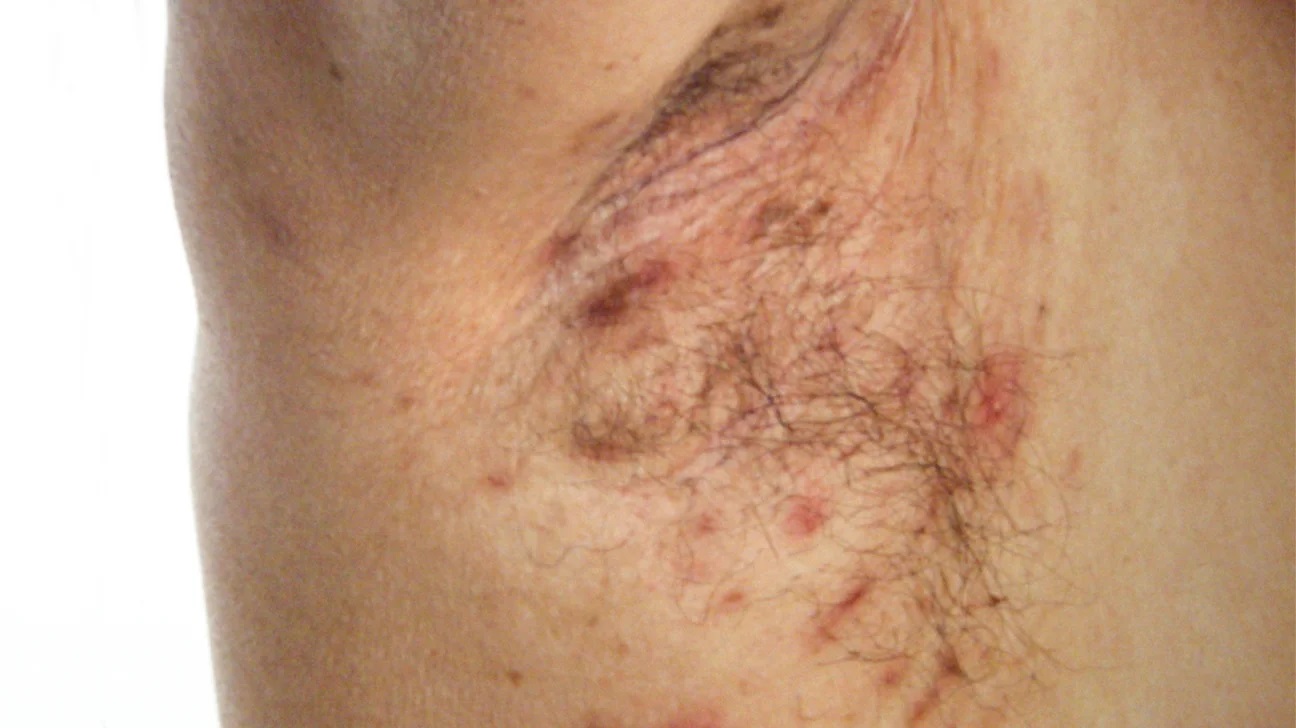
How do you get rid of intertrigo?
A healthy skin means more than just a good look. A healthy skin can perform the skin function properly such as fighting skin infections and protecting humans from potential injury. It is important to take care of your health which also includes the skin. There are many skin disorders that could affect a person’s life. Some skin problems can be temporary while some may require a person to be living with the issues throughout their life. In this article, we will be learning about one of the many skin problems known as intertrigo.
Intertrigo is a skin condition that is characterised by rash in the skin folds. Intertrigo can affect anyone of any age. For example, in babies, intertrigo may be associated with diaper dermatitis. In advanced age, intertrigo may be associated with the lack of mobility or weak immune system. People with metabolic diseases such as diabetes mellitus and obesity have a higher tendency to have intertrigo. Intertrigo is most commonly found in those living in hot and humid climates. Other factors making a person susceptible to have intertrigo are genetic tendency to have skin disease, excessive sweating (hyperhidrosis), smoking and alcohol.
Intertrigo is typically caused by inflammation of the opposing surfaces. Skin folds are usually prone to friction due to body movement. Skin folds also have higher surfaces, making moisture and sweat build-up easier to be trapped in these areas. This breaks down the skin integral structures. Such conditions favour the bacteria and yeast to overgrow and cause infection.
Symptoms can be manifested as recent onset, recurrent and chronic (present for more than 6 weeks). Appearance of the intertrigo depends on the underlying cause. Intertrigo can develop in any fold of the skin but the common one is the inner thighs, under the breast, in the fold of the skin of protruding belly, between buttocks, the groin and in the webs of fingers or toes. Intertrigo may occur in one or more body parts. Skin affected by intertrigo is typically seen as inflamed and reddened. Patients often complain of being uncomfortable. Burning and stinging sensation are among the other complaints by patients. Soreness and itch may be seen in certain patients. Affected skin may be moist, crack and peeling. Intertrigo is often associated with infection which can produce foul smell and abscess. In some cases, it may lead to mobility problems due to the severe pain.
Doctors often evaluate intertrigo based on symptoms and presentation of the affected skin. Doctors may use a specific lamp known as a wood lamp to detect infections. However, doctors may run additional tests to help provide effective treatment. When lesion is suspected to be caused by bacterial infection, bacteria culture may be made. Skin scraping may be made if intertrigo is suspected to be associated with fungal infection. In patients suspected of diabetes, blood sugar level test is obtained especially in patients with repeated intertrigo. Skin biopsy is only performed if the skin condition is unusual or fails to respond with any prior treatment.
Treatment depends on the underlying cause. This is why it is important for those with symptoms of intertrigo to get checked by doctors so that they can investigate what has been the core problem leading to the skin problem. In general, topical zinc oxide can help reduce the symptoms. Triple paste, comprised of aluminium acetate solution, zinc oxide, and petrolatum, is an effective antiperspirant that also reduces frictional exposure and improves skin irritation. In some cases, doctors may prescribe topical steroids to be used for short-term. If there is infection with the intertrigo, antifungal cream or antibiotic cream will be given, depending on the infectious agent. Some patient may be given oral medicine on top of topical one if intertrigo is extensive or severe. Keeping the affected area dry and exposed to air can improve intertrigo faster. Be careful when washing the affected area and best to use soap with antibacterial properties.
Once a person has already gotten rid of intertrigo, it is best for them to take preventative measures to lower the risk of developing the same condition in future. This includes:
- Staying cool by wearing loose clothing
- Working in an air-conditioned environment
- Weight loss for those with obesity
- Avoiding or reducing skin exposure to stool or urine
- Using structured skin care routine focusing on gentle cleaning and moisturising
- Use absorbent diapers for baby
- Use antiperspirant
It can be concluded that intertrigo is a skin condition affecting the skin folds and characterised by inflammation signs. It is caused by the skin rubbing against each other. It can happen to anyone but is most common in babies, older people, individuals with mobility problems and obesity. While most cases of intertrigo can be treated at home with over-the-counter medication, it is best for patients to get checked by a doctor, particularly if the condition keeps coming back. Keeping the affected area clean and dry can help fasten the healing.

